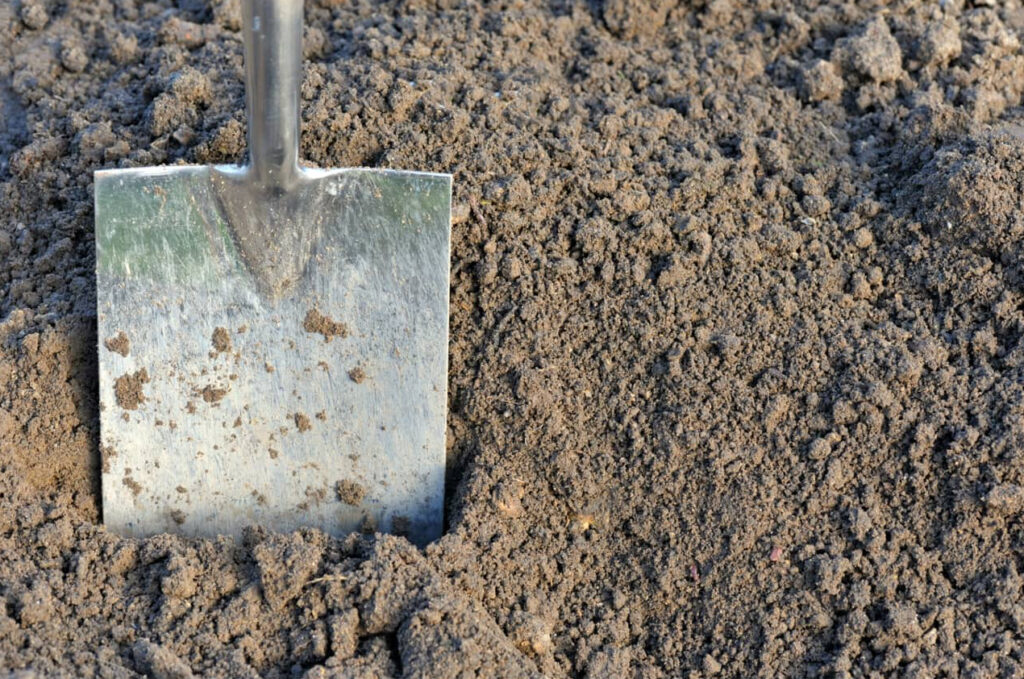
Moriah West
Home Consultant
The convenience of building your own home, without constructing it one step at a time, makes the purchase of a custom modular home an appealing option. As our customer, you are presented with an array of interior and exterior features that can be conveniently chosen online or in our office. Our modular homes are built to strict codes similar to a stick build and the designs we offer are fresh and sharp. While we work together on designing your beautiful home, these next steps are required to prepare for a successful home delivery.
Land Survey
In order to have access to the most updated and accurate information about your property, you will need to hire a local land surveying company to provide you a map of your land’s legal boundaries. This survey will also display the “no build zone” between your property and the road. This specific measured distance is called a setback, and it cannot be infringed upon by any type of building or home construction. Setback requirements could be defined as: the distance you must keep between your home and the property line. For example, your zoning district may require the front and back of your home to be twelve feet away from your front and rear property lines, while the sides of your home may be six feet from the side property lines.
It is imperative we start the modular home building process correctly so that we can move forward without issue. When you hire us to provide Turn-Key construction services, our Project Manager will work closely with you to ensure compliance with all setback and property boundaries. Now that we’ve covered the importance of having an updated land survey done on your property, we can move to the next requirement. Just remember to have the deed to your land available to the land surveyor so that he can verify your ownership.
Decide on Home Placement
Our Project Manager will be working closely with you to determine the best, and permissible, location to set the modular home. Remember how we just talked about boundaries and setbacks? He will need to visit your property to evaluate the land’s current condition and how much room we have to work with. We will need to stake out the location of your garage and driveway. We want to be able to visualize and map out the appropriate placement of your home, garage, and driveway before proceeding to the next step. When you pursue a building permit, your local building department will require this drawing with specified dimensions of the home, garage, driveway and all additional structures.
Ground Preparation
All our new modular homes will arrive at your property with quite the entourage. Our crane needs, at minimum, a 30 x 30 flat surface to park on. In addition to the crane, there will be several work trucks and potentially a bulldozer if the ground is wet and loose. Now imagine all of this heavy equipment coming to a property full of trees and uneven ground – not a compatible combination. To avoid this, our Project Manager will study your property, and the adjacent properties, ahead of time to determine just how many trees need to be removed. Depending on the thickness of the shrubbery and the depth of the roots, we’re going to gather a variety of tree removing equipment. This includes stump grinders, mulchers, bulldozers and excavators. This is a cost that we will do our best to estimate for you in the beginning stages of the project, but sometimes more trees than planned will need to be removed once the foundation location is finalized. If we spend the time doing this kind of up front planning, we can be sure of a successful modular delivery on the day of setting.
Approaching Roads and Drives
Let’s move on to the roadway that leads to your property. We must evaluate just how wide the road is before we can bring our army of heavy equipment. We are going to need a roadway large enough to facilitate a hefty turn radius for our vehicles and trailers. Picture a large truck pulling a fifty-six foot home; it doesn’t turn easy. As you can see, we’ll need to properly evaluate your lot and everything surrounding it so that we can make any necessary adjustments in our approach. At times we must reach out to neighbors regarding trees or objects that obstruct the roadway to your property. We will work hard to ensure the correct discussions are held in the early stages of planning. The first visit to your lot is a crucial step for our Project Manager, so we’ll want to schedule this when you are available to meet in person, in order to go over everything. It can be taxing up front, but the building process remains at the forefront of providing a convenient means to customize a brand new home.
Apply for Necessary Permits
If you are one of our “turn-key” customers, you don’t have to sweat this next step. Being a turn-key customer enables our Project Manager to arrange all logistics pertaining to your land, building permits, and coordinating the various contractors. All we need from you is your availability to communicate with us as we strategize and carry out each important step. If you are not hiring us for a turn-key job, read carefully. Before any construction can be done on your property, you must apply for an Improvement Location Permit (typically called a “Building Permit”) at your local Building Department. The county wants to be fully informed at the beginning of the construction process to ensure structural safety and regulatory accountability. The application is fairly extensive at times, depending on your local county, but all the details concerning your property and structure must be disclosed on the application for the county to approve it and then release the building permit.
You will also need a Driveway Permit from your local Highway Department. It is necessary to confirm that the placement of your driveway is sensible and compliant with the county. If you are getting a new well and septic installed, your septic and well contractors will need to fill out an application for new well and septic permits at your local County Health Department. Since we’re on the topic of septic permits, before you can apply for and receive this one, you need to hire a soil scientist. He or she will conduct some tests on your soil properties to determine the high water table and the rate of water infiltration, which will affect the type, depth, and size of septic system you’ll be permitted for. He will also need to know how many bedrooms your modular home will have in order to determine the appropriate size of the absorption field (also called a “leach field”). This soil scientist will proceed to map out the exact placement of your leach field, based on where he took his solid samples.
The application for the septic permit will sometimes require you to know exactly where you are placing the tank and field up front, so be sure you have discussed this with your septic installer up front. You might get lucky and already have a well and septic installed. In this case, you will need someone from the Health Department, or from a certified installer, to inspect and approve them before you initiate a plan to connect them to your new modular home. Once the inspection is approved, you will need to contact the Health Department to fill out the necessary permits in order to re-use the old systems. If you are connecting to city water and sewer, you will need to have laterals installed. Let me clarify that these are two separate laterals. One to connect to the city sewer, and one to connect to the city water. This too will require permission from your local water authority. In short, resolve which permits you need and act accordingly.
Build Your Foundation
As your new home nears its production date at the factory, preparations for the foundation must begin. By this time, your property should be a beautiful clean canvas to work with. Whether it be a four foot crawl space or a nine foot basement, the site needs to be accessible, cleared, and excavated. A crawl space or basement are the only two foundation options for your home, meaning concrete slab foundations are not possible. In short, there are electrical wires and plumbing lines that run beneath your house; Contractors will need access to them and the equipment will need room to function properly. If we are your General Contractor for the project, we will pour and set the foundation walls. The concrete will need to be fully set, cured, and dry before the home can be installed. We recommend a full week’s time for the foundation to cure before the home is delivered. Once it’s cured to perfection, it’s “go time” for our delivery and set crew.
Do you feel equipped for the task of preparing your property for a modular home delivery? We have discussed the five key components to a successful delivery: Land survey, home placement, ground preparations, building permits, and foundation structure. If you have any questions that weren’t answered in this blog, please don’t hesitate to contact us.
All these requirements may seem a little overwhelming at first – but Next Modular is here to assist you with every step. We have successfully delivered and set many custom homes, and we have a ton of beautiful modular homes for sale. Next Modular would be honored to be your builder, so please contact us today to get started!


